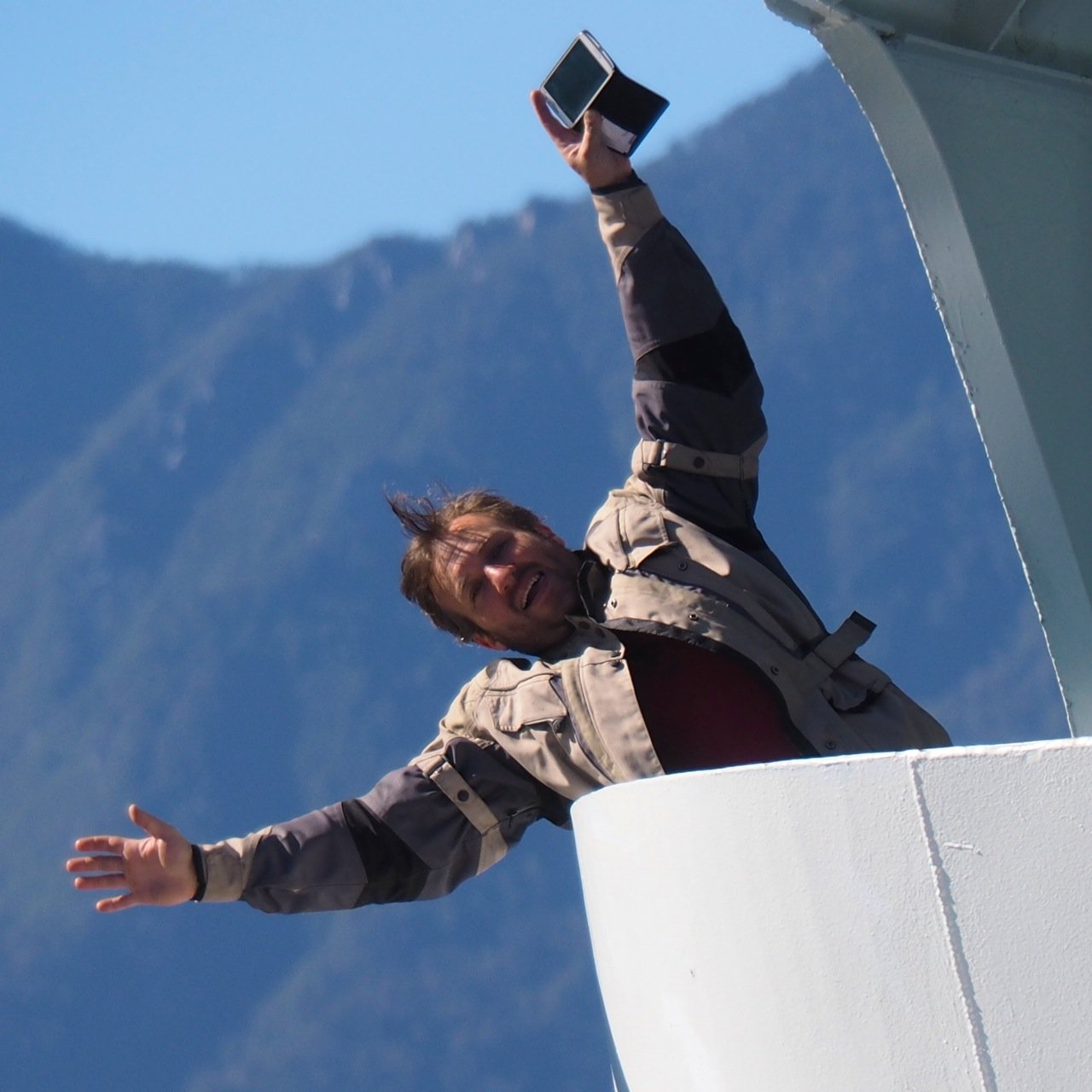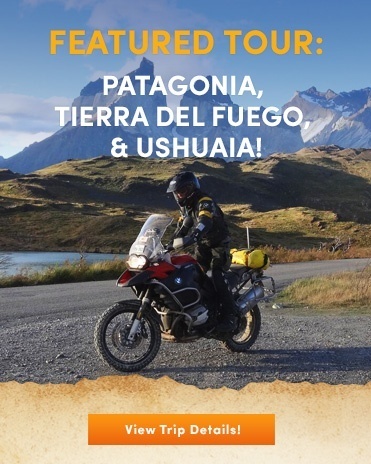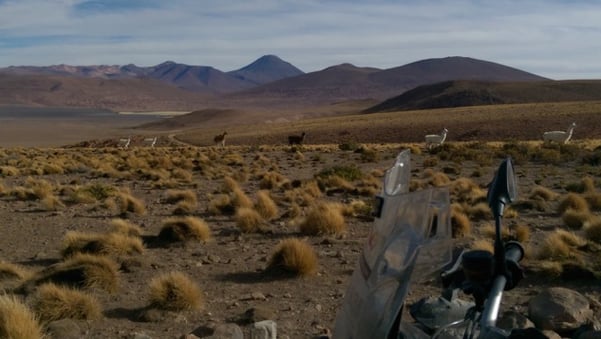
(Click here for the post and photos about Day 3 and 4)
ITS GREAT TO SLEEP BACK AT SEA LEVEL! We've been riding these adventure bikes at some of the highest elevations in the Andes Mountains, which of course makes for thin air and occasional difficulty sleeping. Much better now though, having descended from 3700 meters to get to the Pacific Ocean. (And there are higher passes, like the one at San Antonio de Los Cobres measuring 4,850 meters!)
Riding along the shoreline as we headed north from Iquique, it's also clear that this once-small town in northern Chile is growing by the amount of construction and tall buildings being built. We can see behind us the paragliders leaping off the peaks that surround this city to the east, very close to the ocean. Iquique is a special city also, because it's so close to both Bolivia and Peru, so people from those countries have migrated here and make up part of the regular population with my fellow Chilenos.
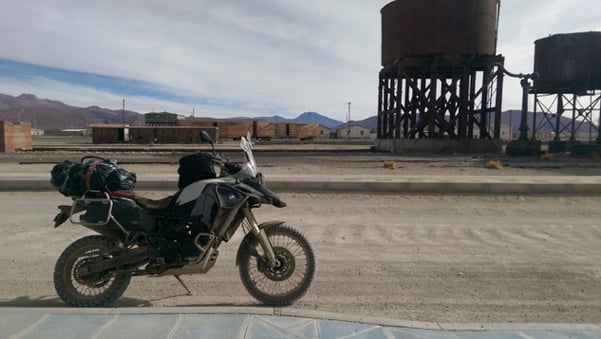
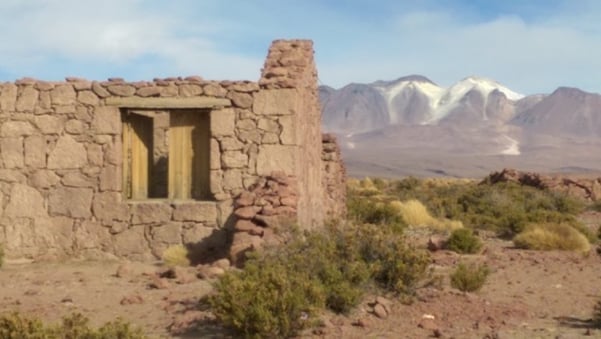 Once riding, we come to Humberstone, which was a site dedicated to the extraction of Saltpeter between the late 19th century and early 20th and is now an UNESCO World Heritage Site. Thousands of workers from Chile, Peru and Bolivia lived and worked in the hostile environment of one of the driest deserts on Earth extracting and processing sodium nitrate, also known as Saltpeter, which was used to produce fertilizers and, historically, gunpowder.
Once riding, we come to Humberstone, which was a site dedicated to the extraction of Saltpeter between the late 19th century and early 20th and is now an UNESCO World Heritage Site. Thousands of workers from Chile, Peru and Bolivia lived and worked in the hostile environment of one of the driest deserts on Earth extracting and processing sodium nitrate, also known as Saltpeter, which was used to produce fertilizers and, historically, gunpowder.
Eventually we turned the bikes more eastbound to head back up the Andes Mountains toward Bolivia. The asphalt road conditions, for being in such a remote region, are actually a pleasure to ride although the sand from the Atacama Desert often blows across our path. With only an occasional mining truck passing us, we're still in very remote territories.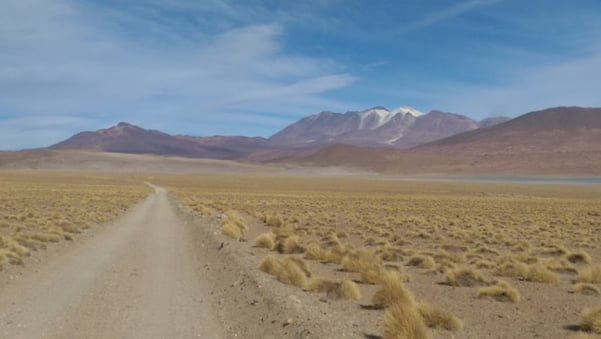
Across the horizon we can see small lagoons and salt flats scattered randomly, and eventually the pavement becomes "ripio" once again, which is the Chilean/Spanish word for the gravel & dirt roads we ride. Good thing we're on BMW GS's, as sometimes the ripio can get a little rough, and the extra suspension travel and ground clearance is needed. One neat part of riding in this region on ripio, is now we can see just how rarely these routes are traveled by the tire prints left behind.
Arriving in Ollague, right on the border with Bolivia at the end of the day, and about 4,700 meters above sea level, once again, we feel like slowing down a bit and acclimating to the altitude for the night!
End of Day 4, and here are the motorcycle rentals we have available in Chile for riding these routes when you wish. Riding up here in the Atacama Desert is excellent between May and November, as it's the dry season and very comfortable. Meanwhile, it's the middle of winter down in Patagonia to the south, so we enjoy the north!

